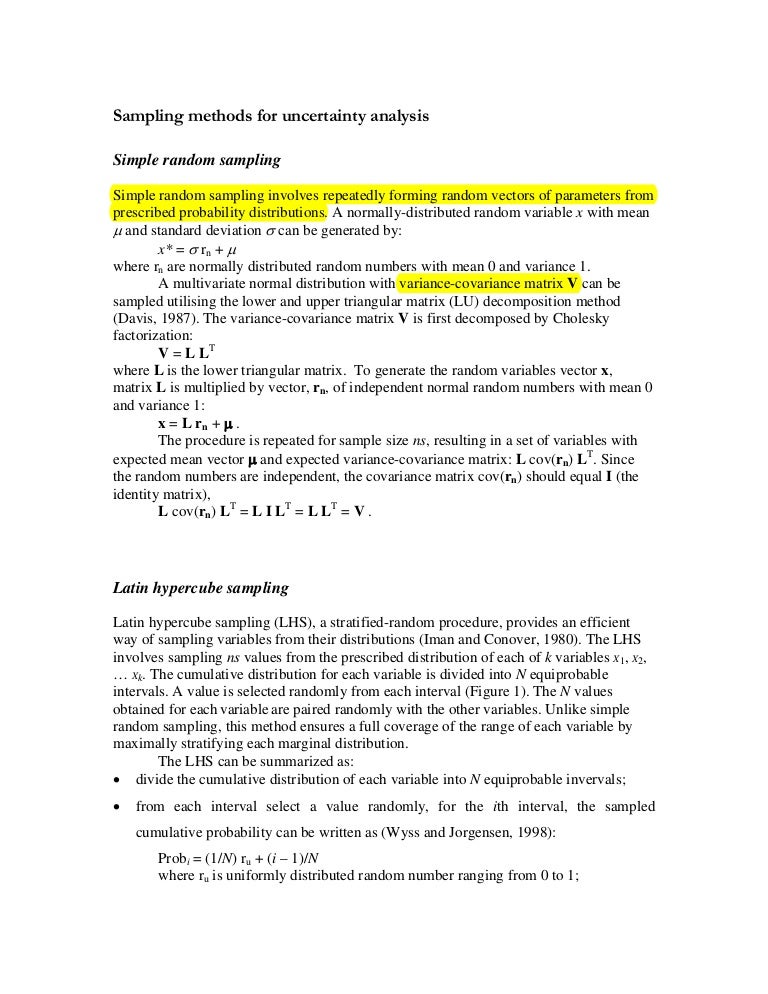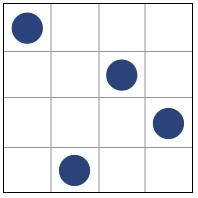

When one of the design variables has almost no effect on the function value, two design points that differ only in this variable will “collapse” that is, they can be considered as the same point that is evaluated twice. Secondly, the design should be noncollapsing. Therefore, design points should be “evenly spread” over the entire region. When no details on the functional behavior of the response parameters are available, it is necessary to be capable of obtaining information from the entire design space. Firstly, the design should be space-filling in some sense. As is recognized by many researchers, designs for computer experiments should at least satisfy the following two criteria (see ). However, they do not have good performance of both space-filling and projective properties. The classical experiment designs containing alphabetical optimal design, factorial or fractional factorial design, central composite design (CCD), and so forth, were widely used earlier.


In recent decades, various sampling designs have been developed for computer experiments. Because the accuracy of metamodels directly depends on the samples of computer simulations, it is important to obtain efficient designs of computer experiments. To alleviate the computational burden, metamodels, which are often called surrogate models or response surfaces, are widely used for optimization and design analysis by creating approximate models to replace the expensive computer simulations. Although the capacity of computer keeps increasing, the complexity of analysis software, for example, finite element analysis (FEA) and computational fluid dynamics (CFD), seems to keep pace with computing advances. For example, it is reported that it takes Ford Motor Company about 36–160 h to run one crash simulation, which is unacceptable in practice. These engineering analysis and design problems usually involve expensive computer simulations. In addition, design requirements are rigorous and stringent for such systems, especially multidiscipline design optimization systems such as aerospace. However, engineering systems are fairly large and complicated nowadays. In engineering, manufacturing companies strive to produce better and cheaper products more quickly. The proposed algorithm is compared to two existing algorithms and is found to be much more efficient in terms of the computation time and has acceptable space-filling and projective properties. In fact, TPSLE algorithm offers a balanced trade-off between the efficiency and sampling performance. TPSLE algorithm is based on the inspiration that a near optimal Latin Hypercube design can be constructed by a simple initial block with a few points generated by algorithm SLE as a building block. In this paper, a methodology for creating novel Latin hypercube designs via translational propagation and successive local enumeration algorithm (TPSLE) is developed without using formal optimization. However, the high cost in constructing them limits their use. Optimal Latin hypercube designs are frequently used and have been shown to have good space-filling and projective properties.
.jpg)
The accuracy of metamodels is directly related to the experimental designs used. Metamodels have been widely used in engineering design to facilitate analysis and optimization of complex systems that involve computationally expensive simulation programs.


 0 kommentar(er)
0 kommentar(er)
